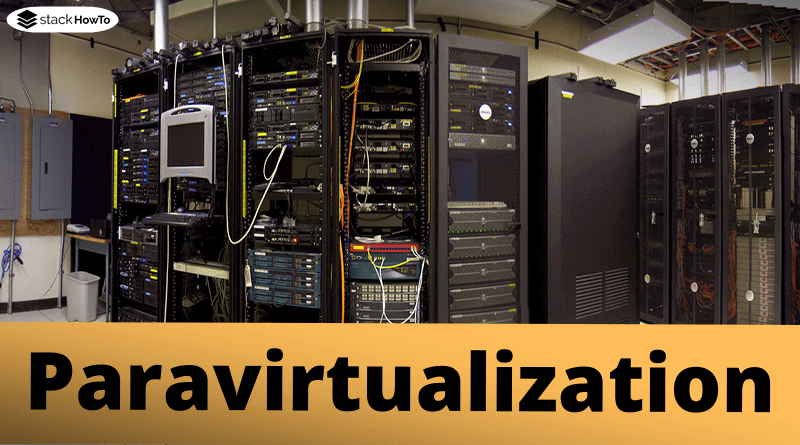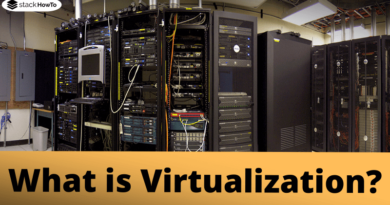What is Paravirtualization?
The term virtualization refers to the creation of a virtual rather than an actual physical version of a resource such as an operating system, server, desktop, storage device, or network. In addition to complete virtualization and partial virtualization, paravirtualization is a type of virtualization.
What is Paravirtualization?
In virtualization, a resource is divided into multiple execution environments by applying technologies that can include emulation, machine simulation, hardware, and software partitioning.
Paravirtualization is a type of virtualization in which a guest operating system is recompiled, installed in a virtual machine, and run on a hypervisor program running on the host operating system. Compared to traditional full virtualization, paravirtualization can reduce overhead and improve system performance.
Secondly, enterprises use paravirtualization to run multiple operating systems on a single computer simultaneously or to segment large systems into smaller parts for more efficient use of physical hardware.
Paravirtualization can also be used to isolate programs running in one virtual machine to protect them from processes running on another virtual machine on the same host. For example, if one virtual machine fails, other virtual machines can remain active.
Advantages and disadvantages of paravirtualization
Paravirtualization is designed to improve system performance and minimize overhead, preventing virtual machine underutilization. The benefits of paravirtualization include:
- Simpler backups,
- Fast migrations,
- An improved system utilization,
- Server consolidation and
- Energy-saving.
While technology promises performance gains, those gains are often unpredictable and difficult to predict. The actual performance benefits of paravirtualization depend on the workload. Some para-virtualized applications perform better than others.
Key features of paravirtualization
Paravirtualization is designed to provide better performance than software-based full virtualization by allowing the operating system to detect the presence of the hypervisor and communicate directly with the hypervisor. Paravirtualization also ensures that a guest operating system is recompiled before being installed on a virtual machine.
In general, paravirtualization requires that guest operating systems be modified to implement an API for exchanging commands sent from the hypervisor to the server. Unlike full virtualization, paravirtualization does not require virtual machine hardware to be emulated. Instead, it provides an interface to the virtual machine that is somewhat similar to the underlying hardware.
Paravirtualization: Practical application examples
Paravirtualization is the category of CPU virtualization where hypercalls are used for operations to process instructions at compile time. In paravirtualization, the guest operating system is not completely isolated from the virtual machine, but is partially isolated from the virtualization layer and hardware.
VMware and Xen are some examples of paravirtualization. Xen is an open-source hypervisor based on paravirtualization. It is also the most popular application of paravirtualization.
Conclusion
Paravirtualization ensures that all guest operating systems share system resources. Paravirtualization attempts to address the problems of full virtualization by allowing guest operating systems to directly access the underlying hardware. While it significantly improves virtualization efforts, it limits compatibility and portability.






What U say about paravirtualization is true for *all* kinds of virtualization !